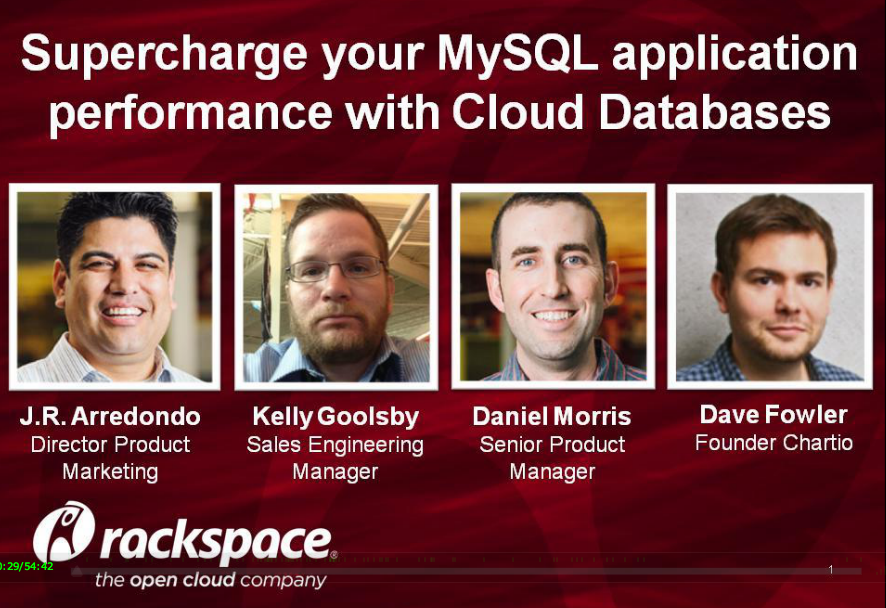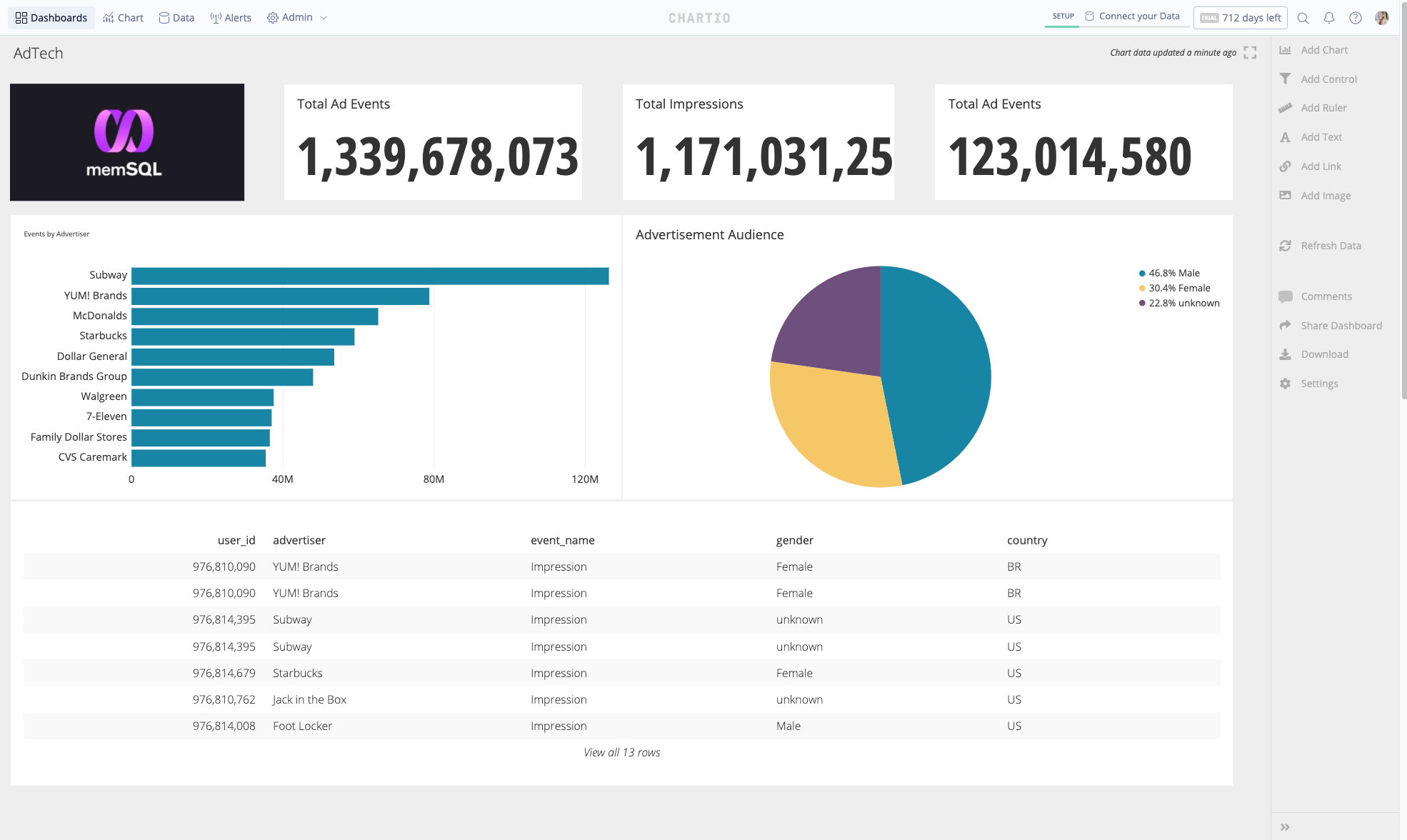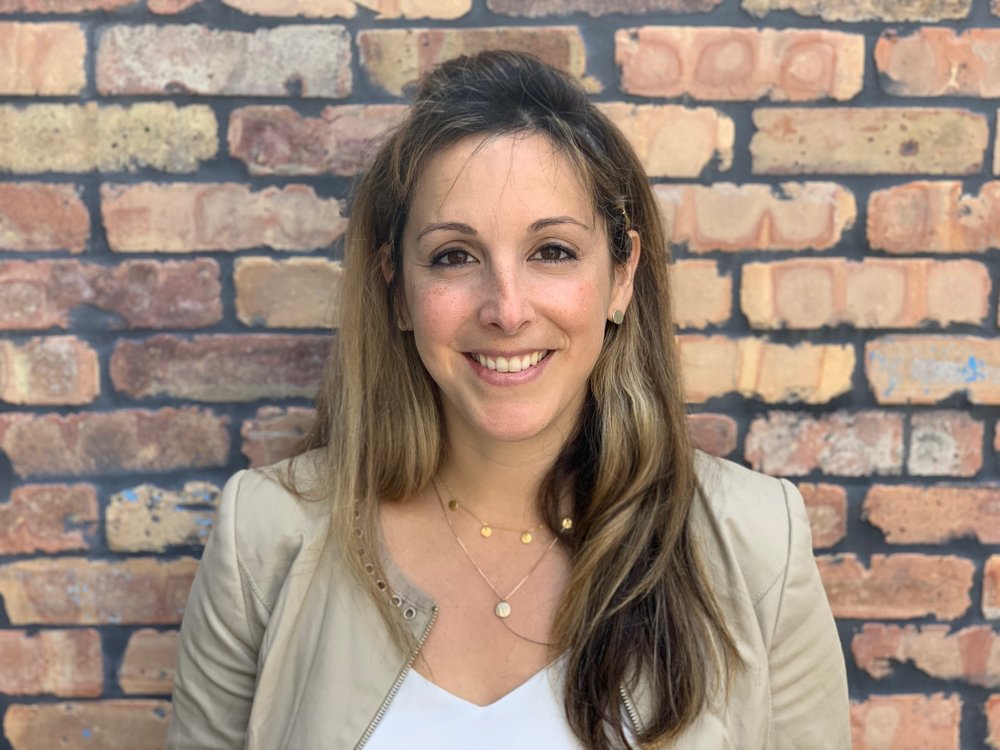At the beginning of this month, Chartio participated in a Rackspace webinar titled “Supercharge Your MySQL Application Performance with Cloud Databases.”

In addition to participating in the webinar, we recently wrote a contributed blog post for the Rackspace blog outlining how Rackspace Cloud Databases can easily connect to Chartio. We love Rackspace Cloud databases because Rackspace makes it easy to connect to data.
We took time to interview J.R. Arredondo on the Rackspace Cloud Databases team to learn more about the product. Below is what he had to say:
How does Rackspace Cloud Databases differentiate from other databases out there?
There are two main distinctions that our customers love about Cloud Databases. The first one is that the product is designed with performance in mind. The architecture is purpose-built to avoid the problems of traditional virtualization. As you know, traditional approaches use a hypervisor, which has very negative effects on the performance of a database. Databases require access to the storage, the memory, the network, the CPU, etc., and a traditional hypervisor only gets in the way of a database trying to execute queries or aggregations. It’s really an intermediary that only slows things for the database engine. Our architecture is based on container-based virtualization. You can think of a container as an isolated tenant that is given some priority across CPU, IO, storage, etc. on a shared OS. The result is that when a container is executing, there is no traditional hypervisor between the database and the hardware slowing things down. Cloud Databases is not just MySQL installed on a Cloud Server. The hardware is specifically built for MySQL. The storage, the compute nodes, the network - they are all close together to help your app run fast.
I would say that the second thing customers tell us is how easy it is to be productive. As you can imagine, DBAs or developers have tons of work to do. When I was an engineer I always had new requirements to tackle and new features to build. The last thing a developer needs is to spend time installing or configuring a database, or manage it over time. With Rackspace’s Control Panel you can literally get a database in under 3 minutes. You should try it! And with our API, you can even automate that in a script or in a line of code in your app to get yourself a new database or to manipulate it, add disk, resize it, etc.
What type of data is best stored in Rackspace Cloud Databases?
Cloud Databases implements a MySQL database. This data tends to be relational in nature. These are some of the most common applications out there. You have tables, columns, indexes, relationships, restrictions, SQL queries, etc. From a domain perspective, we see all kinds of applications: from web sites, to web apps, e commerce sites, internal business apps, etc. Many of these apps are the foundation of a business process, so they generate data themselves in the form of calculations or aggregations, which is when customers need other partner solutions. For example, they may need to visualize data or analyze it in some tool, in which case they can always use Chartio. From a technical perspective, it’s a real MySQL database. We have not modified it in some weird way. Developers and DBAs can quickly get started creating the data model and the SQL, just deploy their app, change their connection string, and done. This can be done easily with the same tools they already use, such as MySQL Workbench for example. There is no dev productivity loss.
What are you most excited about with Rackspace Cloud Databases?
I personally get really excited with I talk to customers from two specific camps. The first one is when there is a business user who would like to create a small application and knows a little bit of SQL, but they don’t have the skills to create, configure and manage the database. They are really not DBAs, but they know a little bit of development. Then they use the Control Panel and get a server. Then they use whatever tool they know and they can be productive within minutes. That is a huge win. Someone once told me this stating that he felt “he had stayed at the Holiday Inn!”
The second camp of users that I am excited about are those who are using the cloud through automation. They are more advanced. They don’t want to use the Control Panel because the databases they are creating are actually part of their application, dynamically, at runtime. Many use Puppet or Chef to automate the creation of infrastructures, and many others just embed in their application logic calls to our APIs to provision, manage, or de-provision databases automatically. They may use our SDKs but many use our APIs directly. Either way these cloud automation and programmability scenarios get them a huge advantage. They use infra as just software. It’s kind of powerful to think that some app may have “Delete Picture” or “Insert Picture” methods in their app, but they may also have “Add Database” or “Delete Database.” That is powerful.
Do you have any other webinars or events where people can sign up and learn more?
We actually just did a webinar a couple of weeks ago that people could visit to learn more. In this webinar we talk a little about Cloud Databases, what it is, but then quickly get into some uses and scenarios. We show them click by click how to provision a database, use it in MySQL Workbench, how to use Sysbench for performance, and how to do beautiful visualizations with Chartio! You can watch the recording of the webinar, or look at the slides.
If people are interested in signing up for Rackspace Cloud Databases, where do they go?
Creating a Rackspace account is really easy. Just go to rackspace.com and there is a signup button on the top right. You can be up and running in no time. All you have to think about is whether you want a Core Account or a Managed Account. If you are just trying the Rackspace Cloud or want to learn just get the Core Account. You only pay what you consume. But if you want Rackspace to manage your application, then get a Managed Account. In that, you pay a small extra fee but you can then have our Rackers take care of your infrastructure. For example, we can backup databases for you, or import data and help you create it. Regardless of what you need, the slides above can be very useful just to play around and get a feel of what Cloud Databases is about. And as always anybody can just reach me @jrarredondo and let me know if there is anything I can help you with.
If you are interested in using Chartio with your Rackspace Cloud Database, [sign up] (/trial/) for your 2 week free trial and get charting today!


